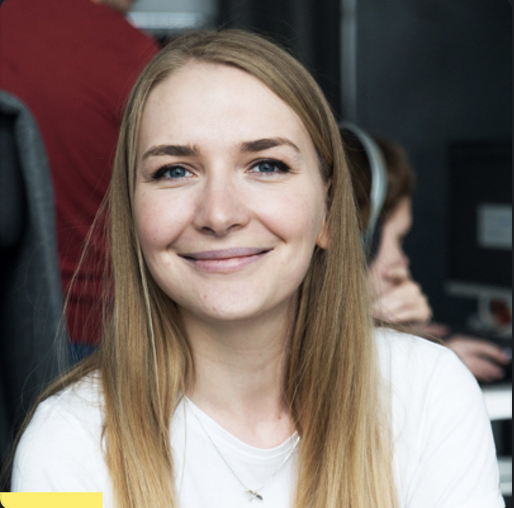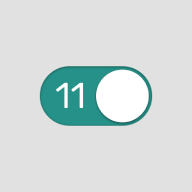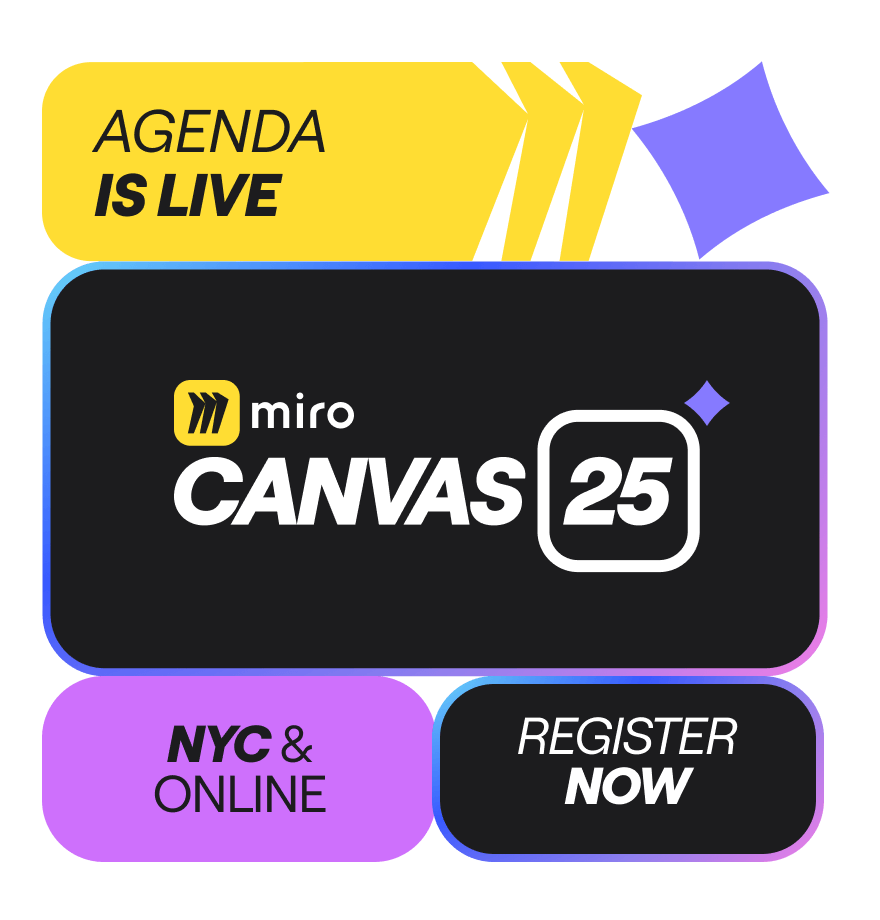Conference Schedule Template
About this template
This event schedule template was created for our 2023 virtual event, Into the Miroverse, which brought our community together to celebrate collaboration, creativity, and innovation. This is now available for you to repurpose and reuse to facilitate world-class conferences whether they’re virtual or in person.
How to use this conference schedule template
This adaptable template can be easily customized to your conference to ensure your attendees are equipped with everything they need to enjoy a fantastic event:
Start by adding your conference and company name and logo. In the top-left corner of the template, you’ll find a space to help set the tone for your event. Add information about the event, kickoff videos, or other details to help people feel welcome.
Add onboarding information. Beneath to the logo, add all the necessary information people will need to get the most out of the conference, such as instructions on using the board.
Include engaging activities. Next, include any conference-related engagements for attendees outside of the conference’s main sessions. This might include ways to get complimentary swag, contests and sweepstakes, or branded items for sale.
Add a section for people to offer ideas. This can be a space full of blank sticky notes for people to add recommendations, ideas, proposals, or feedback for the event.
Create your agenda. In the center of the template, use this space to represent the conference agenda with clear start and end times, speaker names and information, session locations, or other necessary details. You might also create space for attendees within each of the agenda blocks to leave questions, feedback, ideas, and keytakeaways.
Add a networking area. On the right-hand side of the template, you can add an activity for conference attendees to network with one another. As an icebreaker, you can ask attendees to take five minutes to fill out a networking card to built personal connections with one another.
(Optional) Add other planned activities. If you have other important information to share or activities you’re creating for attendees, you can leave that in the section left of the networking space. For example, you might ask attendees to create a collaborative collage by adding a photo that represents their favorite takeaway from the event.
Who should use this template?
This template is for anyone hosting small, medium, or large virtual or in-person conferences. This includes Event Managers, Marketing teams, Employee Experience teams, Project Managers, and more. Creating your conference schedule in Miro’s infinite canvas makes organizing and communicating event details engaging, fun, and visual.
How to create a conference schedule
Here are a few simple steps to create your next conference schedule:
Start by creating clear conference goals: Your goal should drive every decision you make, from the event’s size to its venue to the kinds of speakers and sessions you’ll host. Your goals might be around creating a quality experience (NPS), event attendance, event registrations or sign-ups, or revenue from tickets sold.
Develop the conference theme and messaging: Who is the conference for? What will they find useful and compelling? Why is the conference being held in the first place?
Estimate attendance numbers: The number of attendees will help you plan the right number of sessions, event venue (unless virtual), number of activities, and other details.
Decide on conference start and end dates and times: Will the conference take place over the course of a few hours on a single day? Will it be all day over the course of several days?
Identify speakers for the event: Their schedules will help you determine where they should be placed in the agenda.
Work with speakers to determine session topics: Will you decide the session topics, or will your speakers decide? Understanding session themes will help you build an upbeat flow of information throughout the conference.
Collect all session information for stakeholder review: This should include session names and speakers, start and end times, session descriptions, and locations. Conference stakeholders including the speakers should review and approve.
Add time for breaks: Make sure you build in time for breaks including time to kickoff and wrap up the event. You might also a buffer window of five to 10 minutes to ensure speakers have time to enter and exit the stage, whether it be virtual or not.
Build the full conference schedule: Put all the information above together to create a minute-by-minute agenda that account for all the day’s activities. Be sure to conduct a practice run-of-show to ensure the schedule is realistic.
More on Into the Miroverse
Over the past three years, Miroverse has become a global community built on sharing tools and ideas. From agile rituals to team-building activities, the Miroverse community has authored over 2,000 templates. That's over 2,000 approaches to problem-solving, collaborating, and innovating. Into the Miroverse 2023 is a celebration of you, the community — your expertise, and your creativity. We hope you enjoyed it!
Categories
Similar templates







